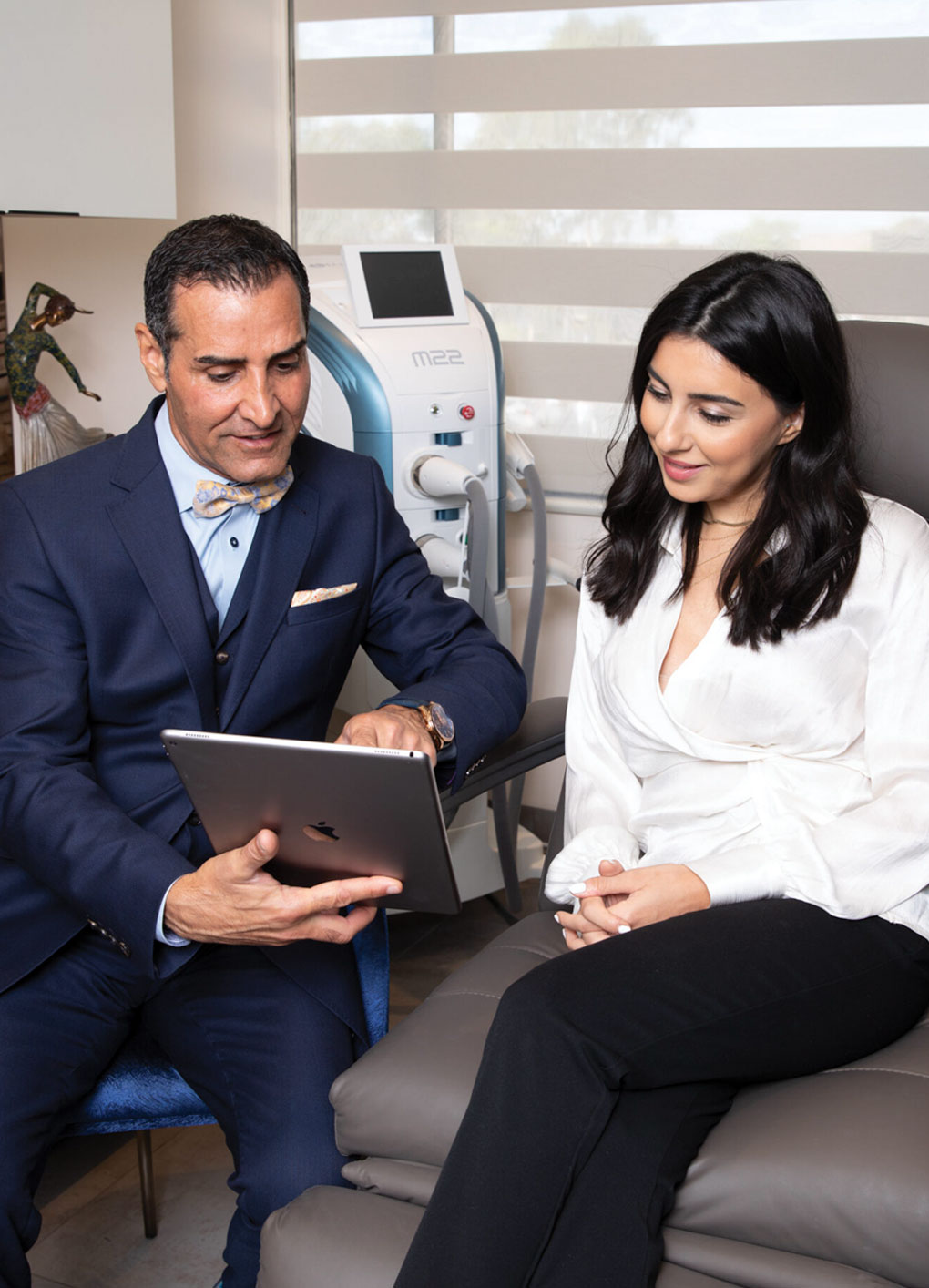Information about Eyelid Surgery also known as Blepharoplasty
 Cosmetic eyelid surgery also known as blepharoplasty is a procedure to remove fat, excess skin and muscle from the upper and lower eyelids. It can restore drooping upper lids to its youthful shape and correct the puffy bags under the eyes, which may appear as tired eyes. These cosmetic eyelid lifts can help to bring back a more youthful and rejuvenated eyelids.
Cosmetic eyelid surgery also known as blepharoplasty is a procedure to remove fat, excess skin and muscle from the upper and lower eyelids. It can restore drooping upper lids to its youthful shape and correct the puffy bags under the eyes, which may appear as tired eyes. These cosmetic eyelid lifts can help to bring back a more youthful and rejuvenated eyelids.
Contents
Transconjunctival Approach
The main benefit of making the lower eyelid incision on the inside of the lid is the prevention of injury to the muscle which supports the lower eyelid function. This approach also helps to maintain the natural shape of the eyes and preventing a stared look.” Transconjuctival eyelid lift is Dr. Kevin Sadatis favorite selection for lower eye lid surgery. Doctor Sadati is a board certified facial plastic surgeon who is practicing in Newport Beach, California.
Indications
Men and women who have puffy bags under their eyes or droopy upper eyelids are good candidates for blepharoplasty. Some individuals have familial trait of early aging eyelids, in those instances many young people may consider having eyelid surgery in their late 20s to early 30s. But in general, many people begin to notice tired looking eyes especially upper lids in their early 40s.
Accumulation of excess skin and/or fat will lead to fullness or puffiness of the eyelids which lead to aging eyelids. The puffiness or fat herniation is not related to the body weight or fat. This fat should reside under or behind the eye (globe) and is held back by a structure called septum. Aging process causes laxity in this eyelid septum, therefore it cant any longer hold the fat back in the eye socket. At this point the fat will migrate forward and appears as bulging tissue.
This aging process of eyelids can be corrected with cosmetic eyelid surgery. There are other conditions, however, such as allergy, fluid retention and thyroid disease, which must be ruled out before surgery because blepharoplasty will not significantly improve these conditions.Those patients with specific eye problems such as dry eye syndrome, glaucoma or a detached retina may be surgical candidates but require additional evaluation by an ophthalmologist.
Before Eyelid Surgery
During your initial consultation, Doctor Sadati will ask you to articulate your concerns about your eyes. You and he will discuss your goals and expectations in details. Your medical history will be reviewed and a physical examination will be conducted.
Dr. Sadati will determine if there are any eye conditions that might exclude surgery. He will check your vision and make sure that your tear production is normal and there is no dry eye syndrome. He will determine if there is excessive laxity of the lower eyelids, which if present may warrant a canthopexy procedure.
Dr. Kevin Sadati will advise you if cosmetic eyelid surgery is best for you. He will help you decide whether to have surgery on all four eyelids or just the upper or lower ones. Furthermore, he will discuss whether any additional procedures are appropriate. At times, for example, a patient may request eyelid surgery when, in fact, another procedure such as a brow lift or laser resurfacing may be more appropriate.
Doctor Sadati may request that you visit your private medical doctor and/or your eye doctor for a check-up. Precise preoperative instructions are provided, and all necessary prescriptions are given to you in advance of the surgery. All aspirin, aspirin-containing products, and anti-inflammatory products must be stopped at least ten days before and for ten days after surgery. You will be provided with a complete list of which medications to avoid.
Tylenol may be taken during this time. Also, you will be given a list of vitamins and homeopathic preparations to take prior to and after the surgery. This is done to promote healing and limit bruising.
Anesthesia
In most eyelid surgeries in our surgical center in Orange County, local anesthesia is used. However, in some cases, intravenous sedation may be used. Dr. Sadati will help you make the decision of which type of anesthesia is best for you.
Cosmetic eyelid surgery is generally performed as an outpatient procedure. It may be combined with other procedures, such as brow lift and/or a facelift.
Before the procedure, a detailed “drawing” of the skin and/or fat to be removed is drawn on your skin using a special marking pen. The surgery is planned and marked while you are awake to preserve your natural expression and eye shape as well as the mechanical function of your eyelids.
The procedure involves an incision made along the natural lines of your eyelids. Doctor Kevin Sadati then separates the skin from underlying tissue, removes excess fat, and then trims sagging skin and muscle. In some instances, surgery of the lower eyelids can be performed without an external scar. Fat is removed using an incision within the internal portion of the lower eyelid (transconjunctival blepharoplasty), correcting the bagginess. Skin tightening is then performed using a laser or chemical peel.
For the upper eyelid, an incision is made in the curved eyelid crease of the upper eyelid. This placement assures that the scar will be well hidden when it heals. Dr. Sadati removes the previously determined amount of excess skin and fat, and the incision is then closed with small sutures.
In the lower eyelid, the fat is removed through a small incision on the inside of the eyelid (this is known as the transconjunctival approach). Great care is taken to remove and/or reposition the precise amount of fat. If after fat removal there is excess skin, it may then be trimmed by making an incision immediately below the eyelashes. When it heals, this incision is virtually imperceptible. Laser or a TCA peel may also be used to resurface the lower eyelid, causing a mild contraction or shrinkage of the excess skin. The operation takes one hour.
Postoperative Period
The first one to two hours after surgery are spent in the recovery room where cold compresses are applied to minimize swelling. When you are fully alert, you will be able to return home in the care of a friend or family member.
You will be encouraged to keep your head elevated for several days, and to use cold compresses to reduce swelling and bruising. There is very little if any pain following eyelid surgery. Pain medication is prescribed, although it is usually not necessary.
Some patients experience tearing and irritation for the first several days after surgery. Eye ointment may be prescribed for use at night and eye drops for daytime use until the symptoms resolve. Blurred vision is experienced by some patients for a day after surgery, and the eyes may fatigue more easily during this time.
In most cases the bruising is minimal and resolves after the first week. The stitches are removed five to seven days following surgery. You may then resume wearing makeup and using contact lenses. The incisions may remain pink for a short period after surgery. They can be covered easily by makeup after the stitches are removed. They usually fade and become inconspicuous in four to six weeks.
Most patients return to work and social activities after one week. Strenuous physical exercise is avoided for two weeks following cosmetic eyelid surgery.
Blepharoplasty Results
The goal and the result of cosmetic eyelid surgery are a more youthful and well-rested appearance without a change in the shape or expression of the eyes. For many people, these results are permanent. At very least, you can expect the improvement to last many years. If, after the passage of time a small amount of excess skin is noted, it can easily be removed. It is uncommon




